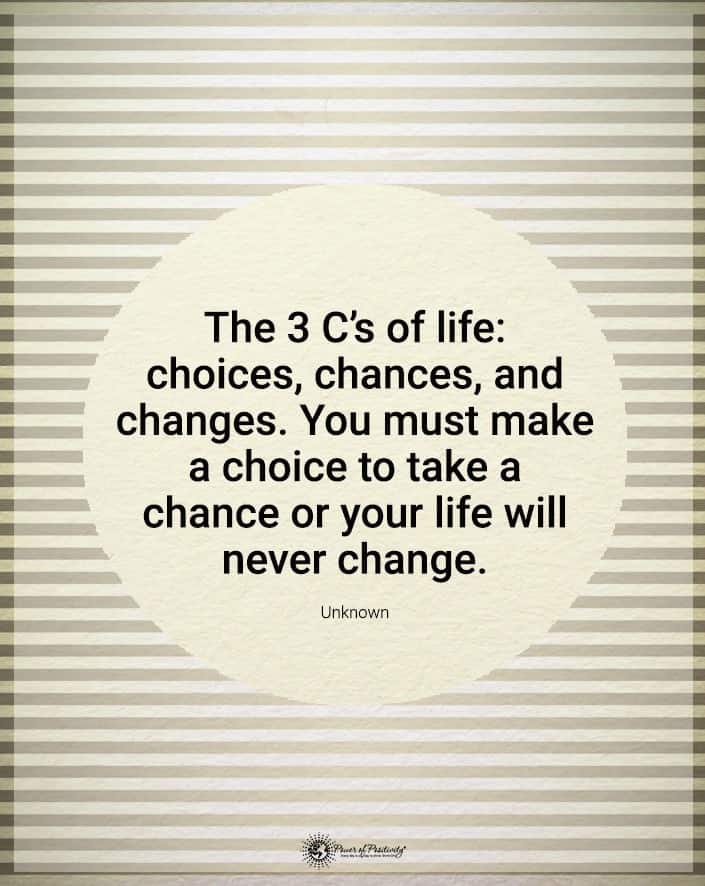Lucid dreams have become an increasingly popular topic in recent years, especially in young communities and social media. But the concept of being able to dictate your goals and control them as if you were awake can sound a little far-fetched! Some might even think that this is some new-fangled myth perpetrated by the internet.
In reality, lucid dreams are genuine, and they’re far from new. Eastern traditions have long considered dream state awareness necessary in certain beliefs and practices. Even Aristotle himself has described lucid dreaming in his writings. Essentially, we’ve known about lucid dreaming for thousands of years!
But it wasn’t until the 19th century that people began to study this event in a more official, academic manner. And it wasn’t until a few decades ago that experts discovered reliable and effective scientific measures that objectively study the phenomenon. As such, there’s still a lot to learn about this experience.
With all of that being said, you’re probably wondering just how you might be able to have a lucid dream. In this post, we’ll aim to help you better understand the cycles so you can distinguish facts from fiction and even try to experience them yourself!
1. What Are Lucid Dreams?
Lucid dreams are typically defined as dreams where the sleeper retains awareness of reality. This means that a sleeper knows that they’re in a dream but continues to experience the dream and can decide how they act in it. Sometimes, this includes controlling aspects of the dream, such as its direction, “plot,” or environment.
The phenomenon of lucid dreaming is not particularly understood or well-researched. As a result, there’s a lot that we don’t know about the concept and how it works. It’s theorized in some studies that lucid dreams develop due to activity in the brain’s prefrontal cortex. Too little activity here could make it difficult for someone to be aware of a dream.
Your cortical activity is low when you can’t differentiate between a wake or sleep state. Lucid dreamers supposedly experience high cortical activity during dreams that are comparable to their state when awake. This is why, in some circles, lucid dreams are called hybrid sleep-wake states – you’re somewhere between those two experiences.
A majority of experiences related to lucid dreaming occur during REM sleep. REM stands for “rapid eye movement.” If you’ve ever seen someone’s eyelids moving around while they’re asleep, that’s likely the stage of sleep they were in. This is the final stage of a healthy, typical sleep cycle.
Typical visions can occur during any stage of sleep, but non-REM stages don’t facilitate lucid dreaming. Researchers believe that lucid dreams result from non-lucid dreams that originate in one of the three non-REM sleep stages and continue into the REM phase.
2. Myths About Lucid Dreams
There is a lot of misinformation surrounding lucid dreams. Here are some myths you may have heard about it and what the reality is:
· Myth: Lucid Dreams Are Rare
While not the most common experience, about 23% of people have a lucid dream monthly, according to research. This means that nearly one in four people that you’ve met have one of these experiences per month!
· Myth: You Need To Be Spiritual To Lucidly Dream
Lucid dreams happen to many people, including those who aren’t spiritual and aren’t trying to have a lucid dream. If you know how to encourage that phenomenon, you can experience it regardless of your spirituality.
· Myth: You Can Get Stuck In Lucid Dreams
It’s an understandable fear. The idea of being trapped in a dream world, never being able to return to reality, is the subject of many fictional movies, after all. But by its very nature, lucid dreaming allows you to wake yourself up because you’re aware that you’re dreaming.
· Myth: Young People Make Up Lucid Dreams
Given the prevalence of younger generations talking about lucid dreams, some have been quick to attribute this to a desire for attention. In reality, lucid dreams decrease in frequency as you age, say studies. This is why younger people may have these dreams more often than someone middle-aged.
· Myth: All Lucid Dreams Experience Sleep Paralysis
Sleep paralysis can occur during REM sleep, but it’s not necessary to go through it to experience a lucid dream. Some techniques can increase the chances of experiencing waking sleep paralysis, but it’s not a universal experience.
· Myth: Dying In Lucid Dreams Is Dangerous
This speculation probably comes from fictional books, movies, and shows. Lucid dreams are just that – dreams. Whatever happens in them stays in them. While all dreams can be ways for your subconscious to contact you, they don’t dictate anything themselves.
· Myth: You Can Share Lucid Dreams With Other People
This is a bit of an overly fantastical idea. Maybe technology will allow the sharing of dreams eventually. But for now, this is entirely fictional.
3. Lucid Dream Induction Techniques
Those who want to experience this phenomenon can make use of scientific induction techniques. An induction technique is a method used to induce the desired outcome. In this case, that outcome would be successful. Here are the three most well-known ways to achieve that goal:
· Mnemonic Induction of Lucid Dreams (MILD)
MILD is probably one of the most studied lucid dream induction techniques. It was created in 1980 and was among the first to serve this process. The concept is based on setting an intention that you can act on later, also known as prospective memory. To use the MILD technique, you need to think of a recent dream while you’re in the process of falling asleep.
You then point out something strange about that dream that separates it from reality, such as having wings on your back. Then, think about the desire to return to the vision and remind yourself of that strange thing that will inform you that you’re dreaming. Finally, tell yourself that the next time you dream, you would like to remember that you’re dreaming. This is a great technique to use anytime, but it’s especially effective when you’ve just woken up in the middle of the night from a dream.
· Wake Back To Bed (WBTB)
The WBTB technique builds on the researched idea that the chance of lucid dreaming connects to general alertness over specifics. It involves attempting to induce REM sleep during consciousness. One common way to achieve this is by waking up five hours after bedtime.
Once you wake up at this point, you stay up for half an hour and perform a simple, quiet activity that requires your careful attention, like reading. Finally, after those thirty minutes, you go back to sleep. The goal is to put yourself back into REM sleep directly, simply immediately.
· Wake-Initiated Lucid Dreaming (WILD)
WILD is a complex induction technique that requires the creation of a hypnagogic hallucination. Essentially, you’re aiming to immediately enter a dream as soon as you leave the awake state. This allows for your brain to remain conscious as the rest of your physical body sleeps. The technique is hard to learn, as you’ll be hallucinating wilfully before bedtime, which comes with its own set of complications.
4. Tips For Experiencing Lucid Dreaming
Induction techniques on their own can be pretty effective, but there are additional ways to increase the chances of lucid dreams. Here are some great tips for incorporating into your daily life to encourage successful dreaming:
· Get More REM Sleep Through Good Sleep Hygiene
To arrive at the fourth and final stage of a sleep cycle, you have to be getting good quality sleep. It’s not always enough to get enough hours of sleep per night – you need that sleep to be high-quality. Sleep hygiene will help you here.
Sleep and wake at the exact times each day, avoid stimulating activities close to bedtime, and put screens away an hour before you turn in. You should also ensure a comfortable bedroom environment by reducing artificial light, reducing noise, and maintaining a cozy temperature for your preferences.
· Reality Checking
Reality checking is a variety of training for your brain. The goal is to rapidly boost your metacognitive abilities so that you can become even more aware of your well, awareness. This is useful for lucid dreams because the amount of metacognition you have during both states and wakefulness are almost the same.
As such, training that skill while awake translates to higher levels of that skill in dreams, or so studies suggest. Reality checking can be done during waking hours. Every two or three hours, ask if you’re dreaming while checking your environment. You must pay close attention to your consciousness, how you interact with your surroundings and take note of things that prove your wakefulness.
This can involve checking mirrors to guarantee a normal reflection, looking at your hands to ensure normality, or watching the clock to ensure time is passing as usual. Later on, when you’re dreaming, you’ll perform reality checking naturally and become aware that you’re in a dream.
· Dream Journaling
Dream diaries are an excellent way to make yourself remember various dreams. This allows you to easily take note of abnormalities and common signs you experience that reveal you’re not in reality. The more you log visions in a journal, the more adept you’ll become at noticing that you’re dreaming. Reading the journal will also help cement your knowledge of reality versus the dream world.
Final Thoughts On How To Experience Lucid Dreams Yourself
Lucid dreams are still shrouded in a lot of mystery. There are many myths surrounding them, and not everyone even believes they exist. And yet, they’re surprisingly common, and the chances are that you’ve experienced at least one in your life already.
Inducing lucid dreams involves a commitment to practicing induction techniques and adding certain habits to your everyday life to improve your chances. Patience is key to learning the proper methods. There are also plenty of communities online that can offer additional advice on how you can successfully experience this remarkable phenomenon.

















 Community
Community

